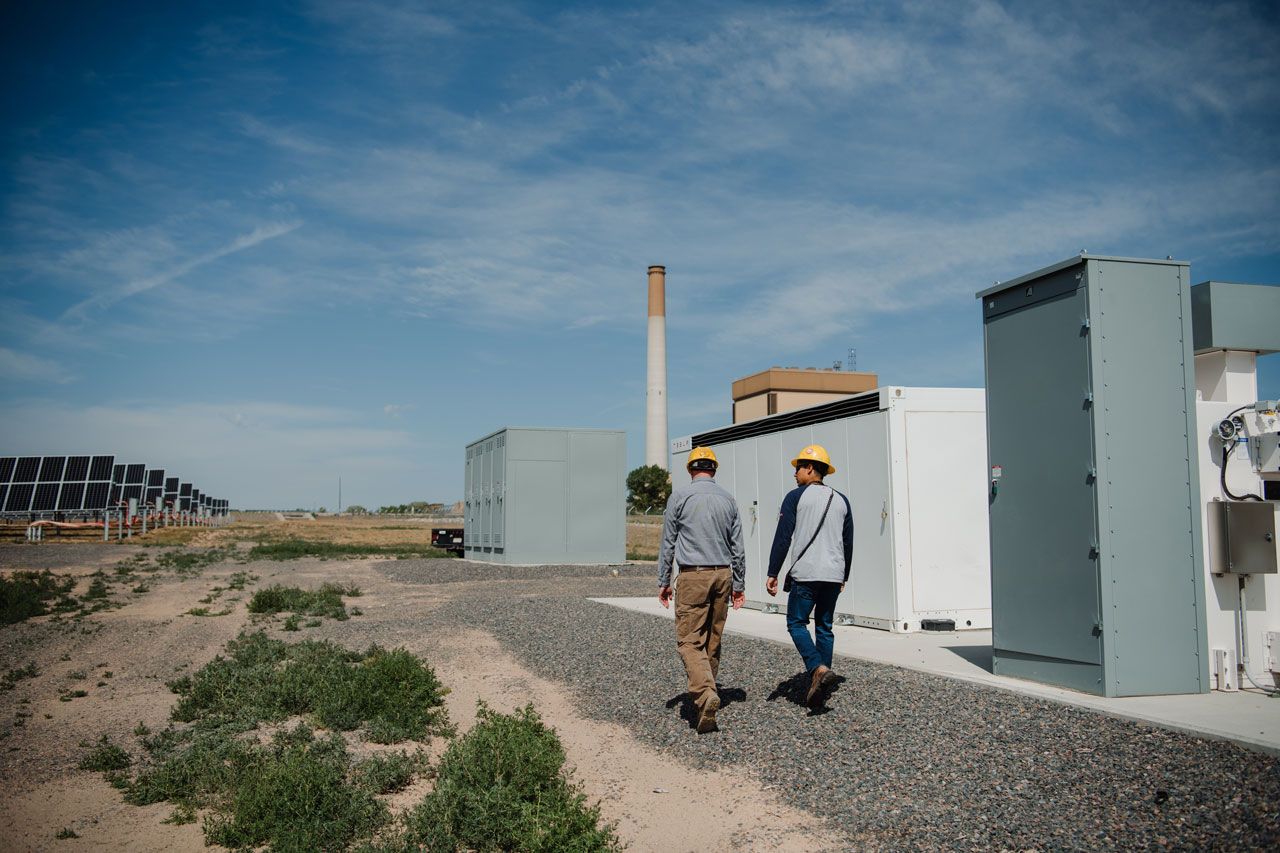Startup plans to produce products from waste plastic

LOVELAND — Imagine the business that requires only low-cost or $0 inputs and generates tons of marketable materials in high demand worldwide. That’s the next business that Loveland resident Ed VanDyne is building.
VanDyne, who has had his hand in several Northern Colorado businesses including VanDyne SuperTurbo Inc., now SuperTurbo Technologies Inc., plans to perfect his patented technology to convert waste plastic that otherwise goes into the landfill into ammonia, carbon black and carbon nanotubes — hollow tubes of carbon atoms with diameters measuring in nanometers — among other byproducts of the process.
While more complicated than this description, generally the company, called Plastic 2 Green Inc., will shred plastics that can’t otherwise be recycled and apply high temperatures to them in three stages. In stage 1, at about 600 degrees Celsius (1112 F), any aluminum in the waste stream will melt, while much of the plastic will gasify. In the second stage at 1000 C (1832 F) silicon will melt and be set aside as slag. Finally, in the third stage or “plasma zone,” temperatures will reach 5000 C (9032 F) and all remaining plastic will be gasified with the hydrogen and carbon atoms separated.
SPONSORED CONTENT
How dispatchable resources enable the clean energy transition
Platte River must prepare for the retirement of 431 megawatts (MW) of dispatchable, coal-fired generation by the end of the decade and address more frequent extreme weather events that can bring dark calms (periods when there is no sun or wind).
The gases will be processed, with the primary product being ammonia.
“We call it emerald ammonia because it is double green,” VanDyne said. It comes from waste plastic — that’s one “green” designation. And the furnaces are powered by renewable electric energy, the second “green.”

The company’s proposed pilot plant will be a “500 ton” plant, in that it will be capable of processing 500 tons of waste plastic per day. From that, 300 tons of ammonia will result, 25 pounds of carbon nanotubes, and 360 tons of carbon black. Output is more than the input, VanDyne said, because the process will draw nitrogen from the air in order to create ammonia from hydrogen. The chemical symbol for ammonia is NH3.
The ammonia, which is easy to transport, can later be split apart in order to capture the hydrogen for fuel. Or, VanDyne said, the ammonia itself can be used as fuel. Toyota is developing an ammonia engine that will be safer to operate than a hydrogen engine and have a longer range.
Carbon nanotubes can be sold for up to $50,000 a pound. Carbon black has multiple uses in paints, as dyes, in automobile tires.
Byproducts of the process also will have use. Chlorine, for example, will be captured and sold to places such as paper mills that use it for bleaching paper.
“It’ll be a chemical plant without the smoke stack,” VanDyne said. While the process will use high heat, oxygen is kept out of the process so there’s no combustion.
The company’s headquarters is located in the Warehouse at the Forge Campus. Pending investor support, it will build a mobile “proof of concept” trailer to demonstrate the technology in small batches.
VanDyne said the company is looking for a pilot facility — between 20,000 square feet and 50,000 square feet. Ideally, he said, the pilot plant needs to be close to a primary supply of raw materials and somewhat distant from residential neighborhoods. Size of the plant will be somewhat determined by whether trucks hauling plastic unload indoors or outdoors.
He’s optimistic that the company will take off, because the need is great.
While consumers like the idea of recycling plastics, only about 30% of what is thrown in the recycle bin actually gets reused. The rest is pitched into the landfill.
“Anything with paper labels on it cannot be recycled,” he said. “The red ring around the top of a Coke bottle is not recyclable, so the bottle gets thrown in the landfill.”
On the other end of the process, ammonia is widely used as fertilizer.
“Without ammonia, we could feed only 3 billion people, and there are 7 billion people on the planet,” he said. Ammonia will soon be used as fuel. Delivery and shipping companies are clamoring for carbon-free fuels, he said.
The business plan anticipates a 60% profit margin, “even after paying loans,” he said. A 500-ton facility will generate $1.7 million in revenue per day.
The pilot plant will employ about 20 people full time. The headquarters will have between 10 and 20 people once the company is operational.
Plastic 2 Green hopes to have three, 500-ton domestic plants within the decade, VanDyne said.
“New Jersey ships overseas (for recycling) two times what a 500-ton plant can handle. We could put 50 to 60 plants just in the United States to keep up with the exports of waste plastic.”
The market for green ammonia in Europe is exploding, he said, and it can be sold at about twice what the market charges in the U.S. Changes in energy markets in Europe, along with agricultural demands, plus a prohibition on the export of plastics out of Europe in two years means that “a huge opportunity” exists for a process on which VanDyne holds the patent.
Imagine the business that requires only low-cost or $0 inputs and generates tons of marketable materials in high demand worldwide. That’s the next business that Loveland resident Ed VanDyne is building.
THIS ARTICLE IS FOR SUBSCRIBERS ONLY
Continue reading for less than $3 per week!
Get a month of award-winning local business news, trends and insights
Access award-winning content today!


